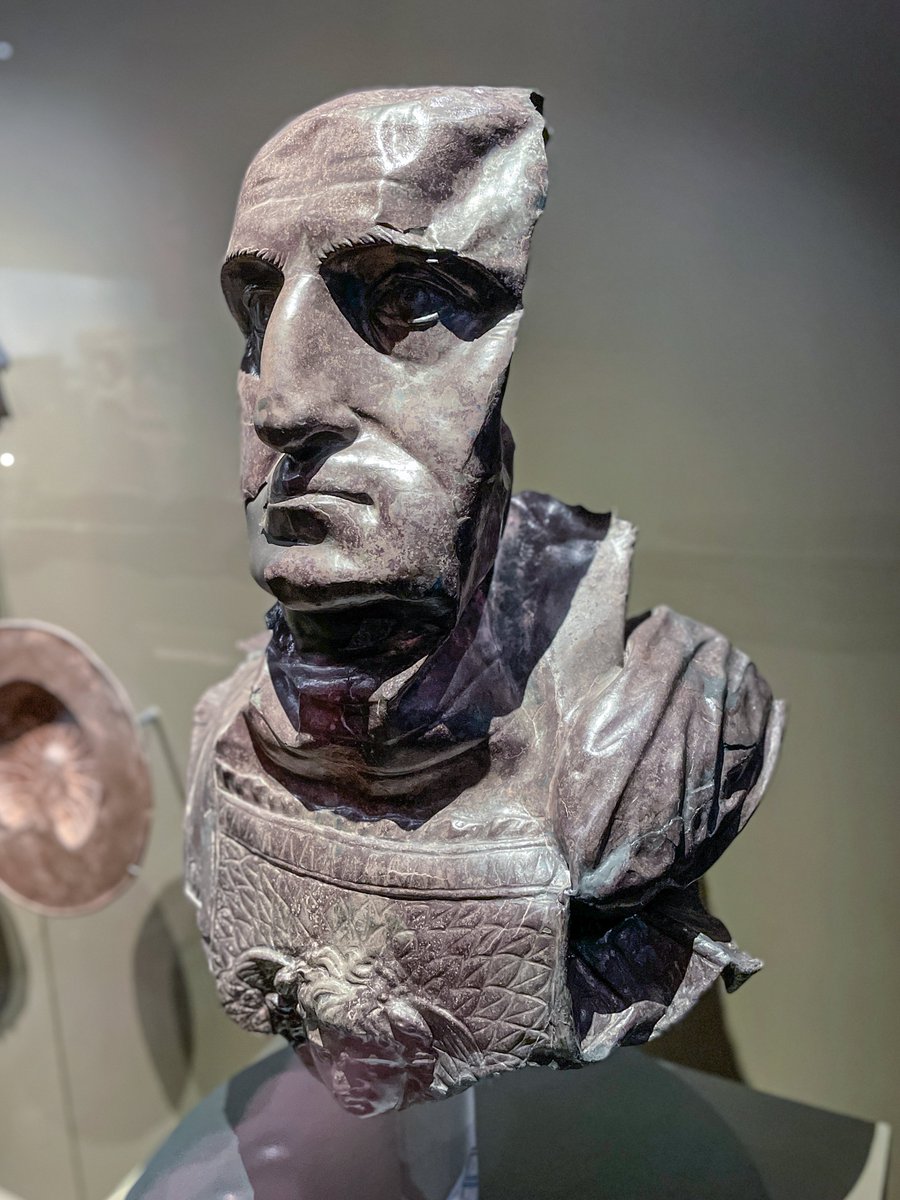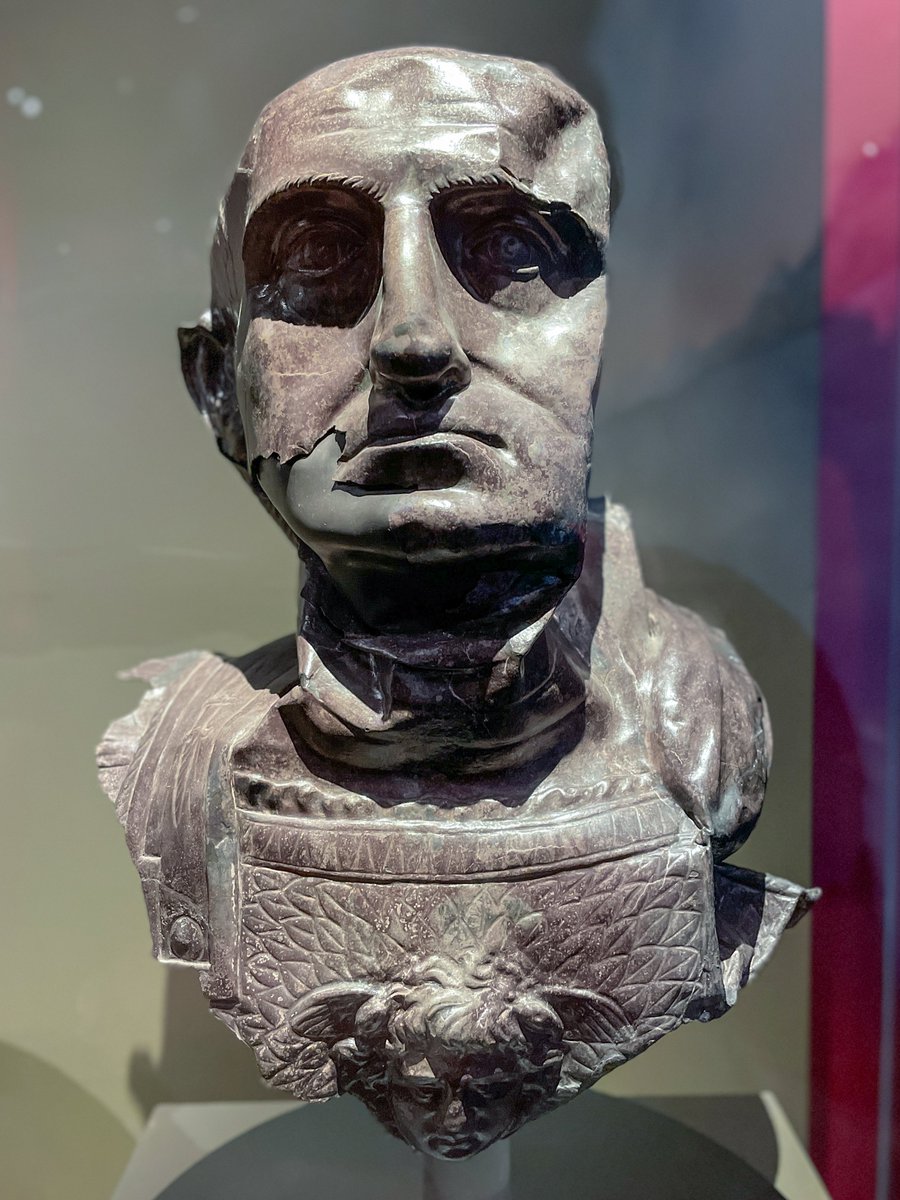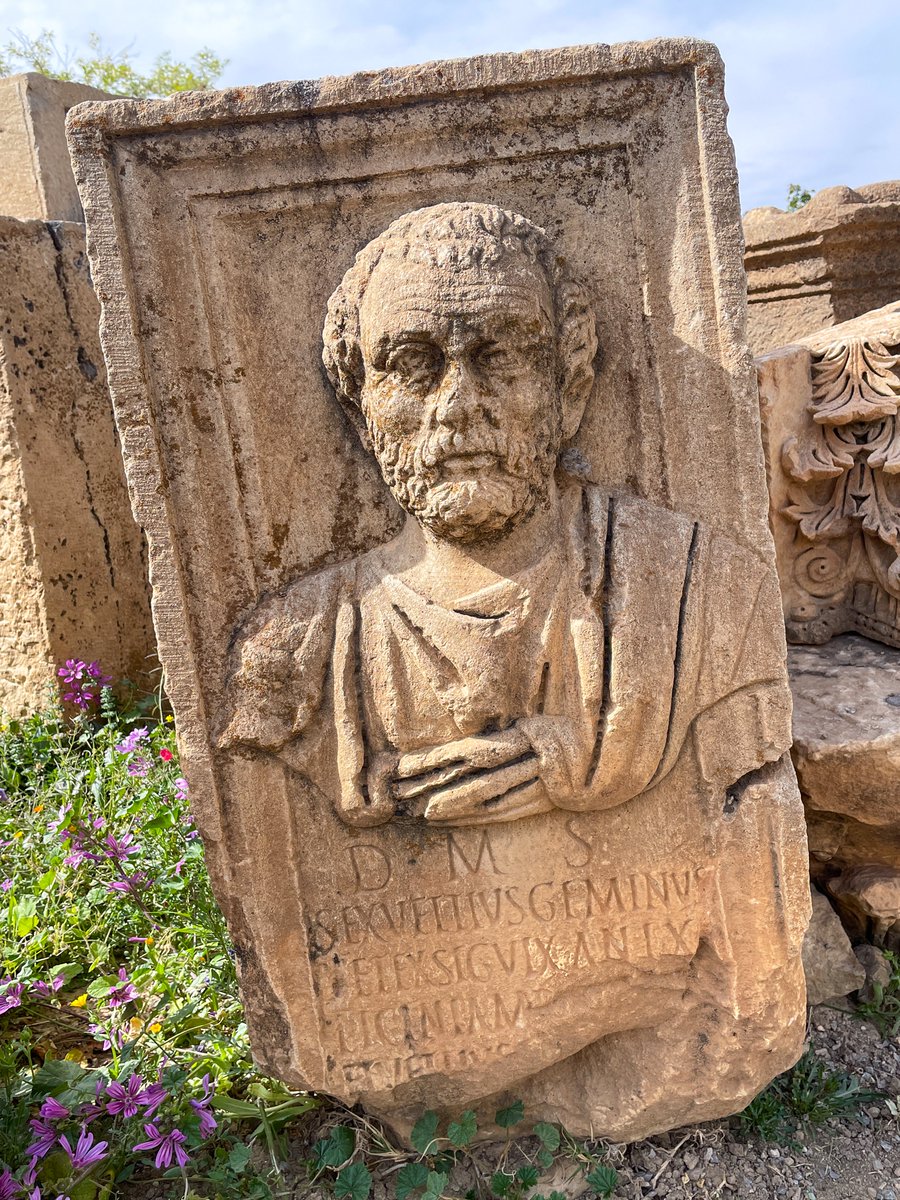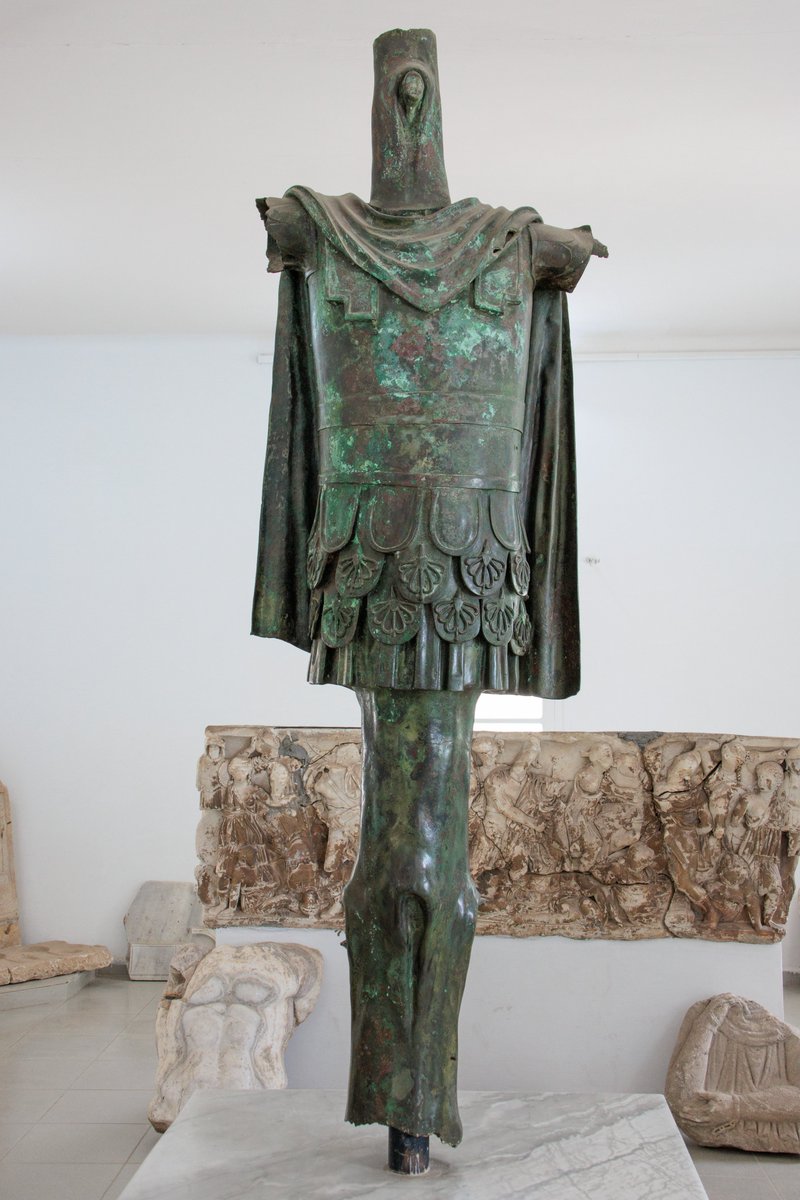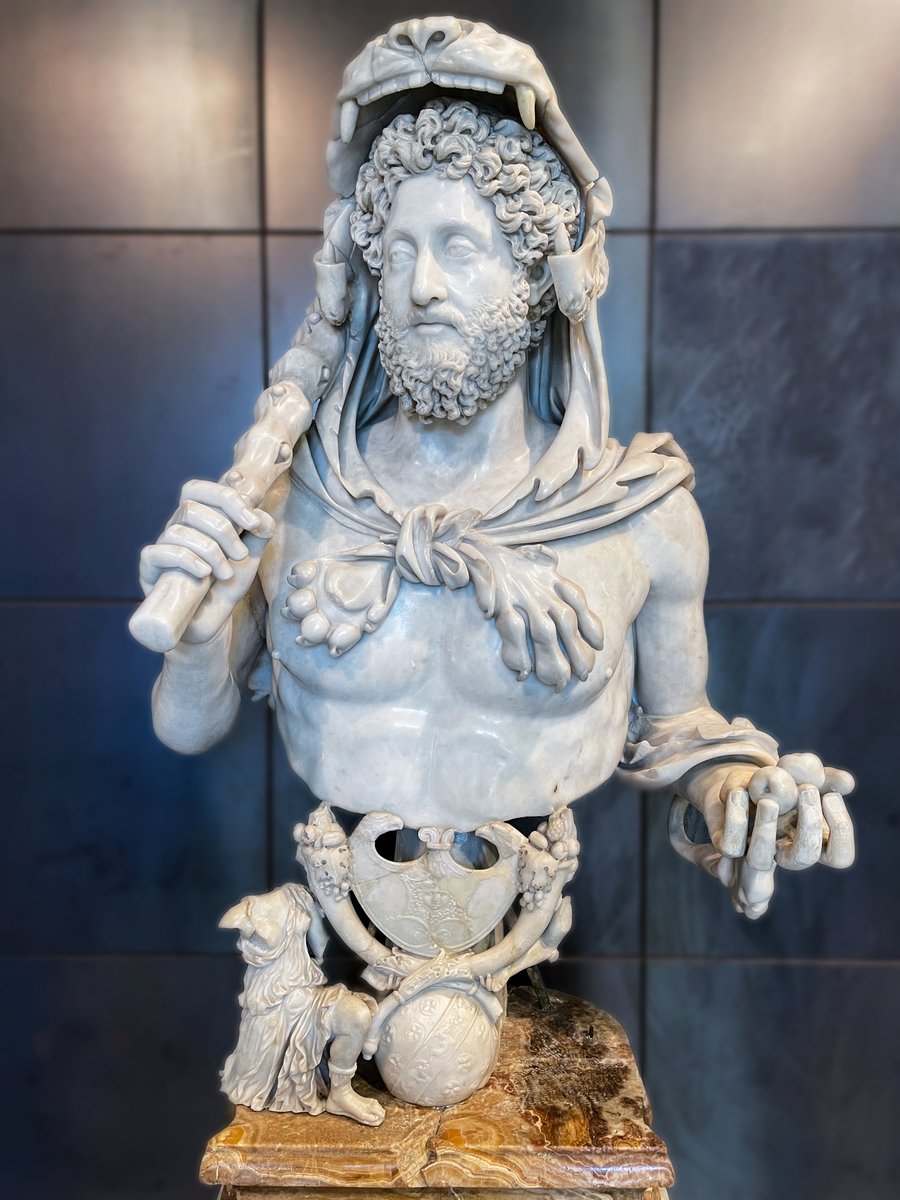1) A day in the life of a young heir to the throne. In this delightful letter, a twenty-something Marcus Aurelius describes his day:
"Today I worked at my studies from 3am to 8am with some snacks. Then for an hour I cheerfully paced around my bedroom wearing only my slippers..
"Today I worked at my studies from 3am to 8am with some snacks. Then for an hour I cheerfully paced around my bedroom wearing only my slippers..
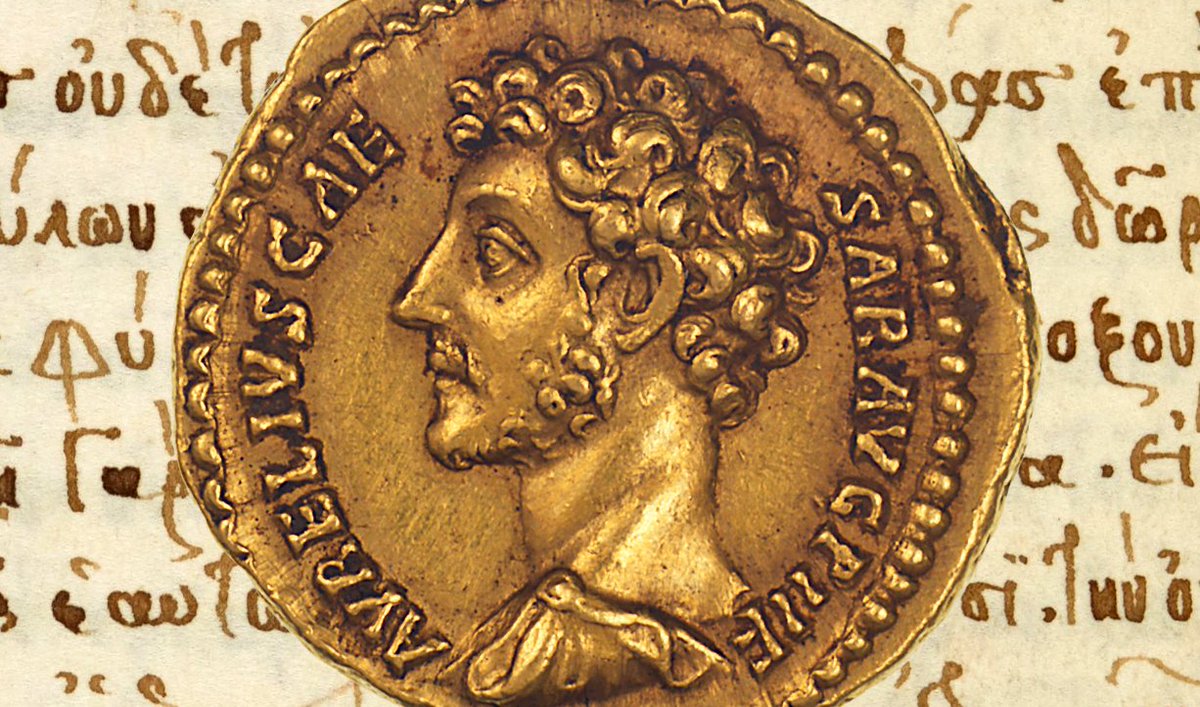
2) ..Then I put on my boots and cloak and went to say good morning to the emperor (Antoninus Pius). We all set off for a hunt and daring deeds were done! We climbed a steep hill and heard some boars were caught but didn't catch any ourselves. In the afternoon we returned home.. 
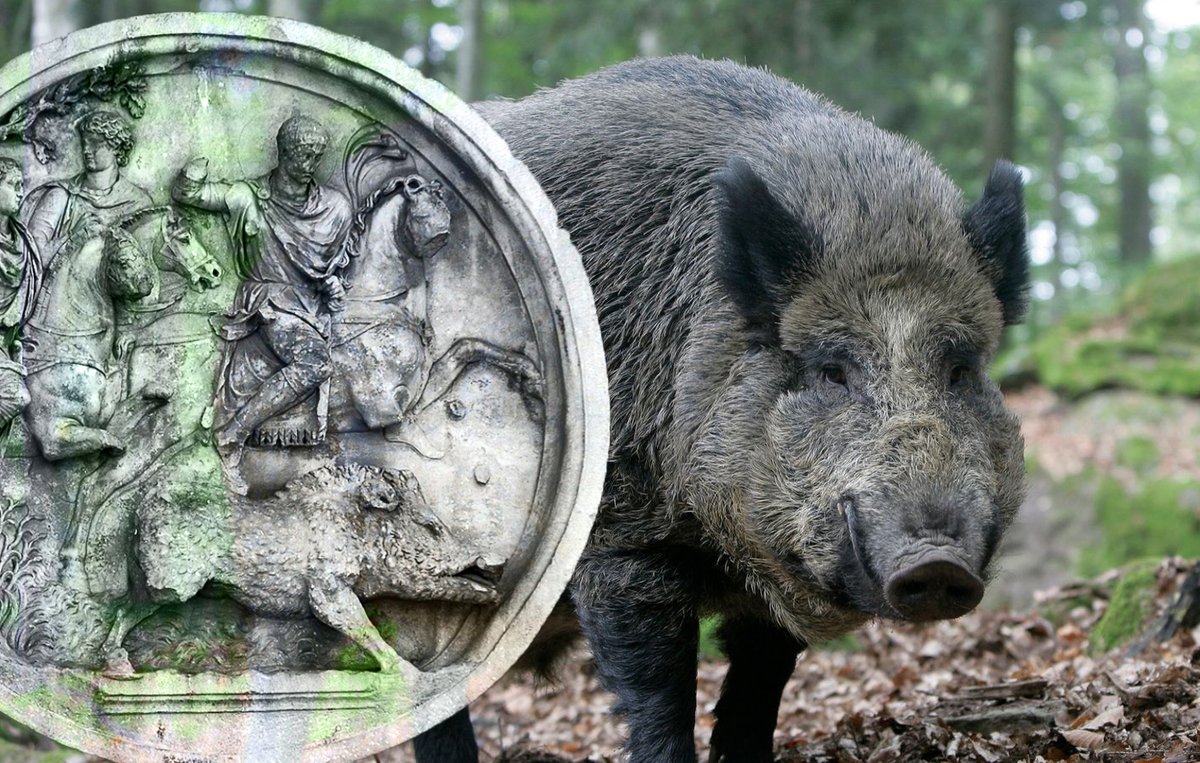
3) ..Then I returned to my books. Kicking off my boots and cape I sat on the couch for two hours and read Cato's speech "On the Property of Pulchra" and another where he impeaches a tribune. Before you tell your slave "Hey, go get me Cato's speeches from the library of Apollo"... 

4) ..don't bother, as I have the volumes here! I know they have copies at the Library of Tiberius, so my tip is ingratiate yourself with the librarian there. When I finished the speeches I wrote a few wretched little things that are only fit for dedication to water or fire.. 
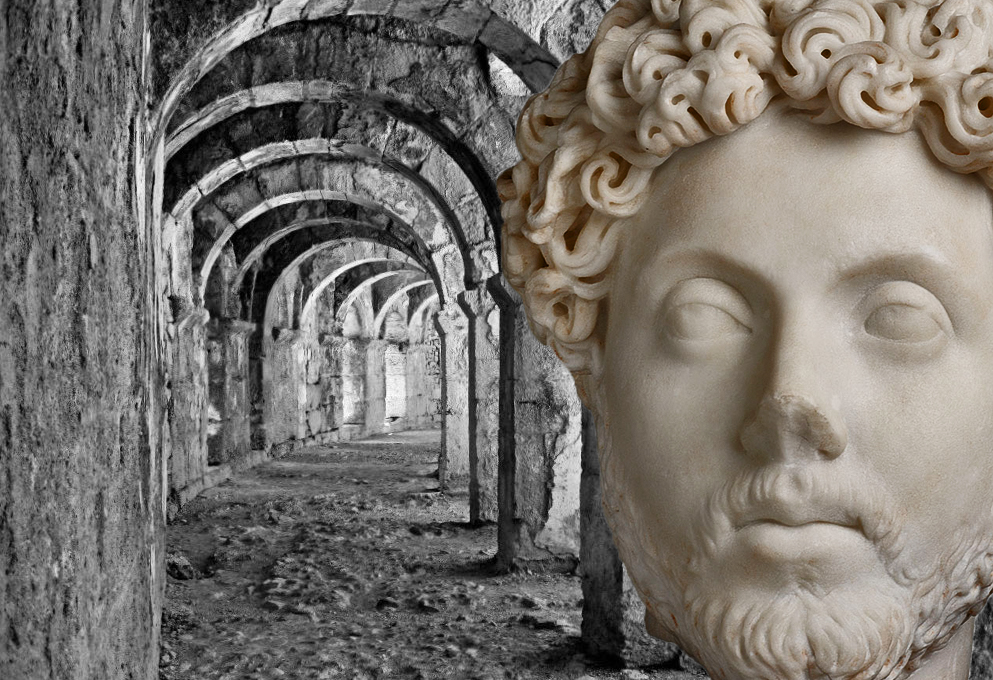
5) Now I seem to have caught a cold, maybe from walking naked in my slippers or maybe I caught it from my bad writing. I frequently suffer nasal congestion but today my nose is running more than usual. Instead of pouring olive oil in my lamp this evening... 
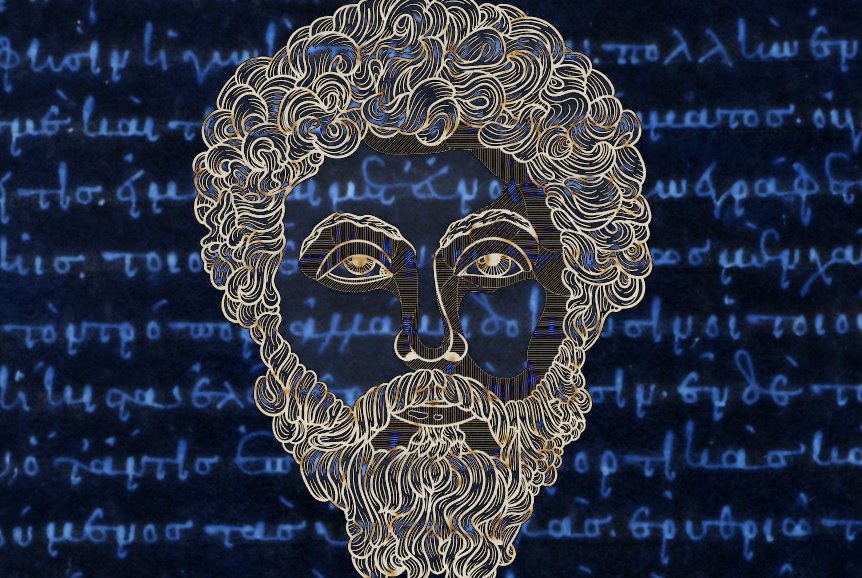
6) ..I'll pour the oil on my head and go to sleep, all this riding and sneezing have tired me out. Farewell my dearest teacher whom I cherish more than Rome itself."
(Marcus Aurelius writes to his tutor Cornelius Fronto c.145 AD, 'Fronto's Letters', 4.5)
(Marcus Aurelius writes to his tutor Cornelius Fronto c.145 AD, 'Fronto's Letters', 4.5)

• • •
Missing some Tweet in this thread? You can try to
force a refresh








